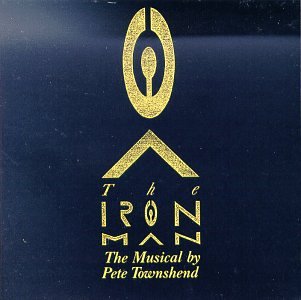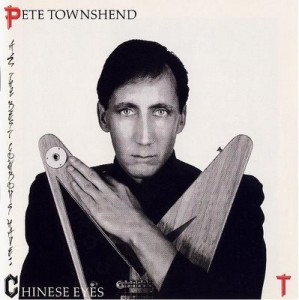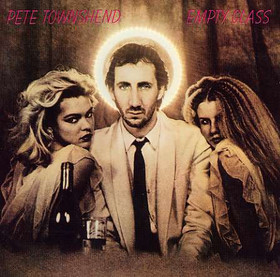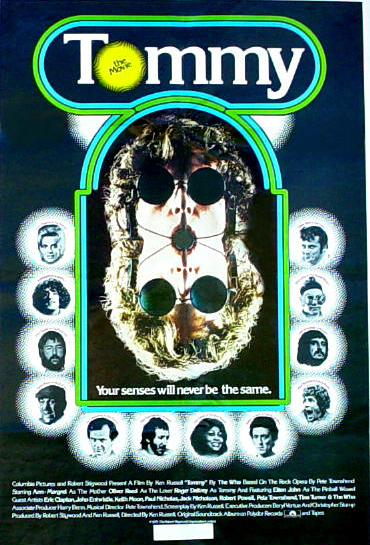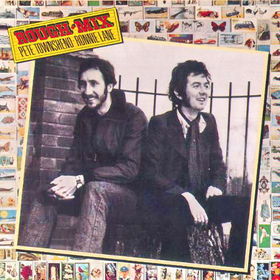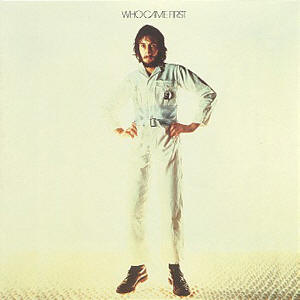Don’t forget to read the introduction to this review.
Pete wrote 20 songs for this musical, 11 of which are included on this album. Some were released as B-sides, too. The singles from the CD were going to be “A Friend Is A Friend” (a song that does not sound like a Townshend composition at all – maybe that was the reason why it was a single) and the excellent set opener, “I Won’t Run Anymore”. Sung by Pete (as Hogarth) and Deborah Conway, the song details the protagonist’s initial encounter with the lumbering giant, and his determination to be as courageous as an adult would be and face the situation instead of fleeing.
The song is immediately followed by “Over The Top”, my personal favorite of the two songs in which John Lee Hooker takes the lead. The other is “I Eat Heavy Metal”, and I am certain most of you will actually like it best than “Over The Top” as it treads bluesier territory, hence Hooker is more at home. In any case, John Lee Hooker as the Iron Man was the best casting decision of the whole disc.
For its part, Simon Townshend tackles “Man Machines”, a brief passage that deals with the same theory that movies like “Terminator” have popularized – we come up with machines to fight our wars for us, and in the end they will nab us.
The song leads into the first Who tune, “Dig”. Roger fills in as Hogarth’s father (no doubt he got an added thrill for lecturing Pete on the song), and the song gave everybody renewed faith on the Who. But the band was not going to record any new tracks after a lackluster cover of Elton John’s “Saturday’s Night Alright For Fighting”. The next recordings would already take place after Entwistle had passed away. Continue reading

